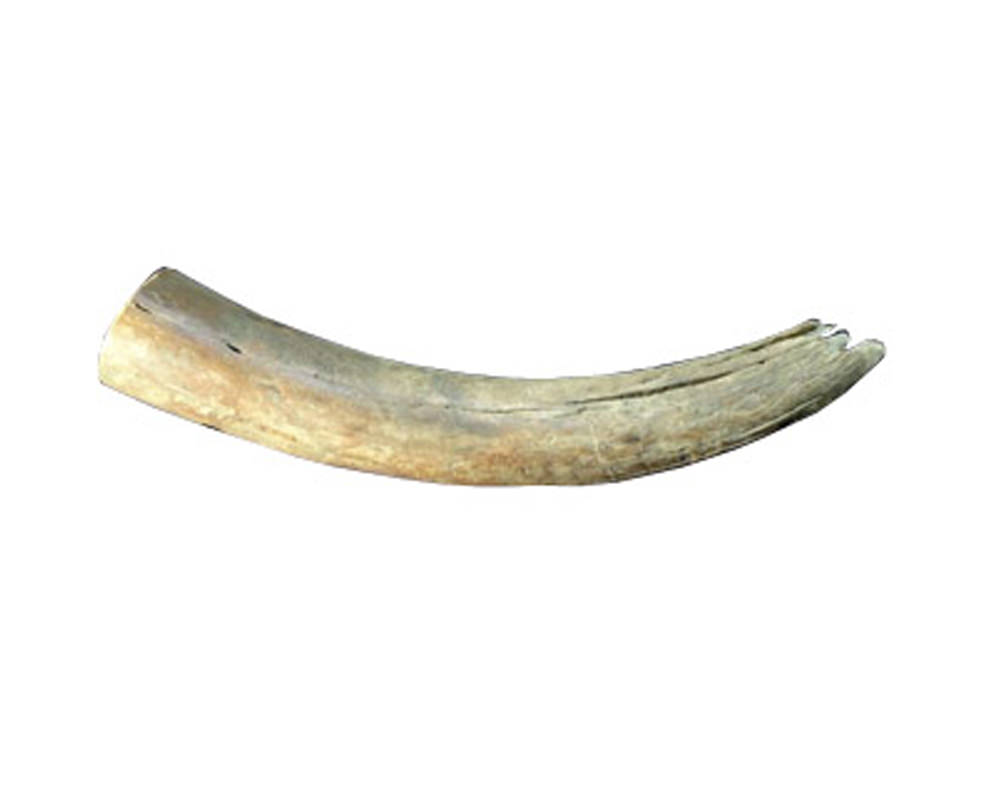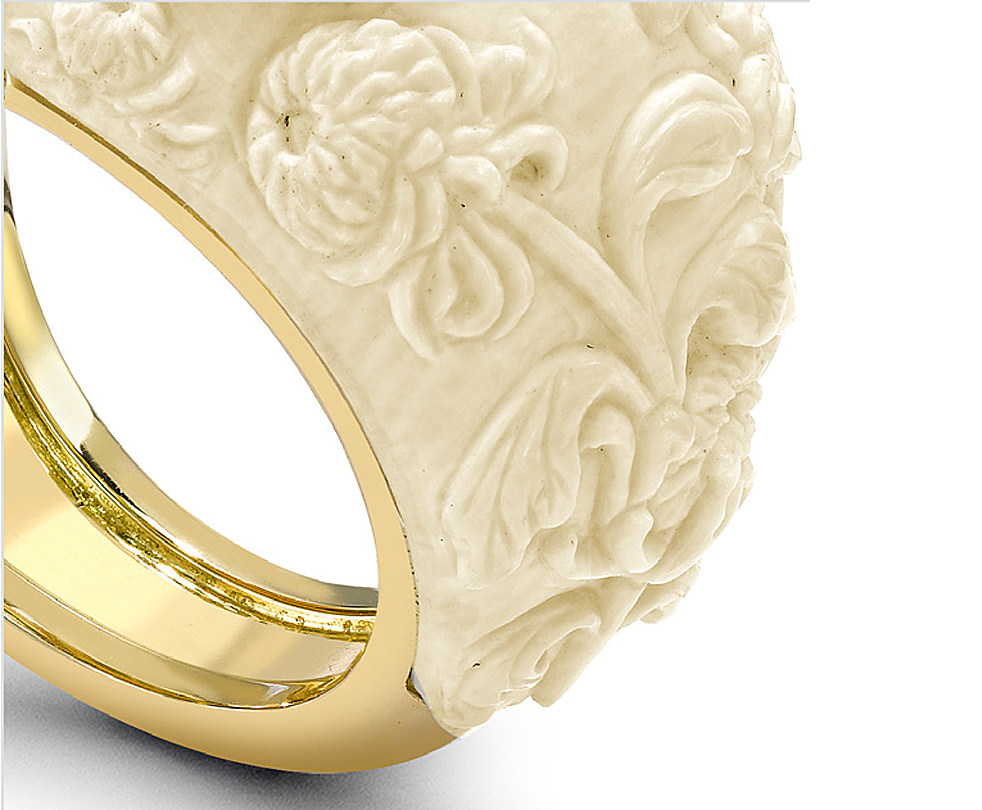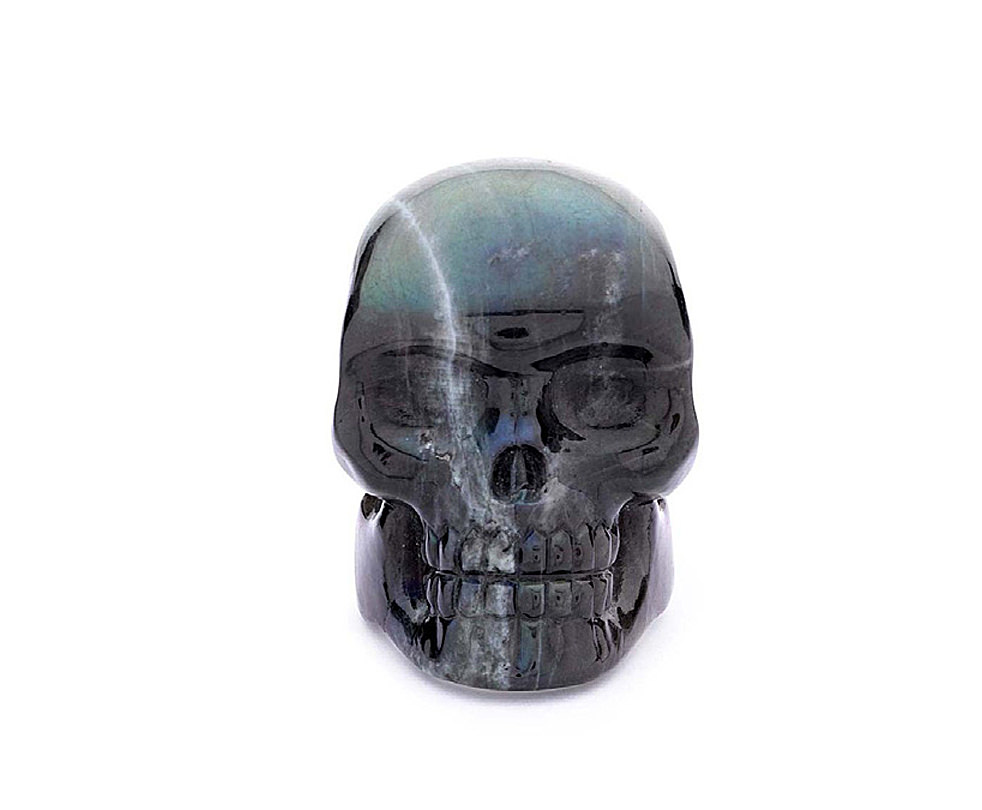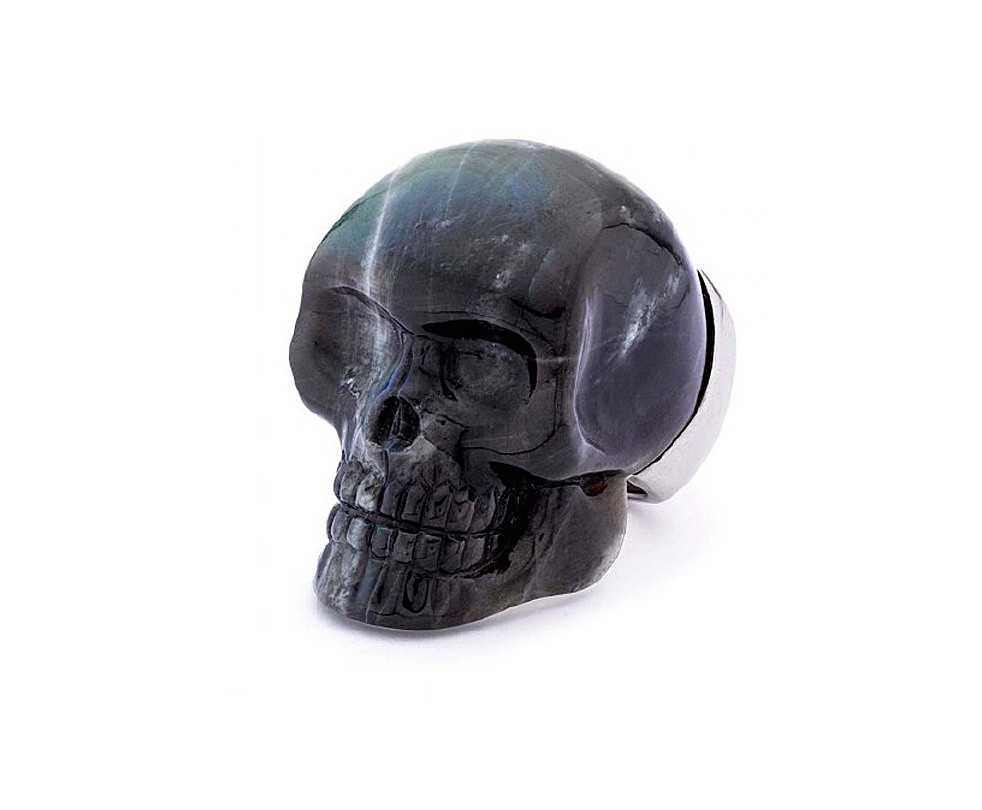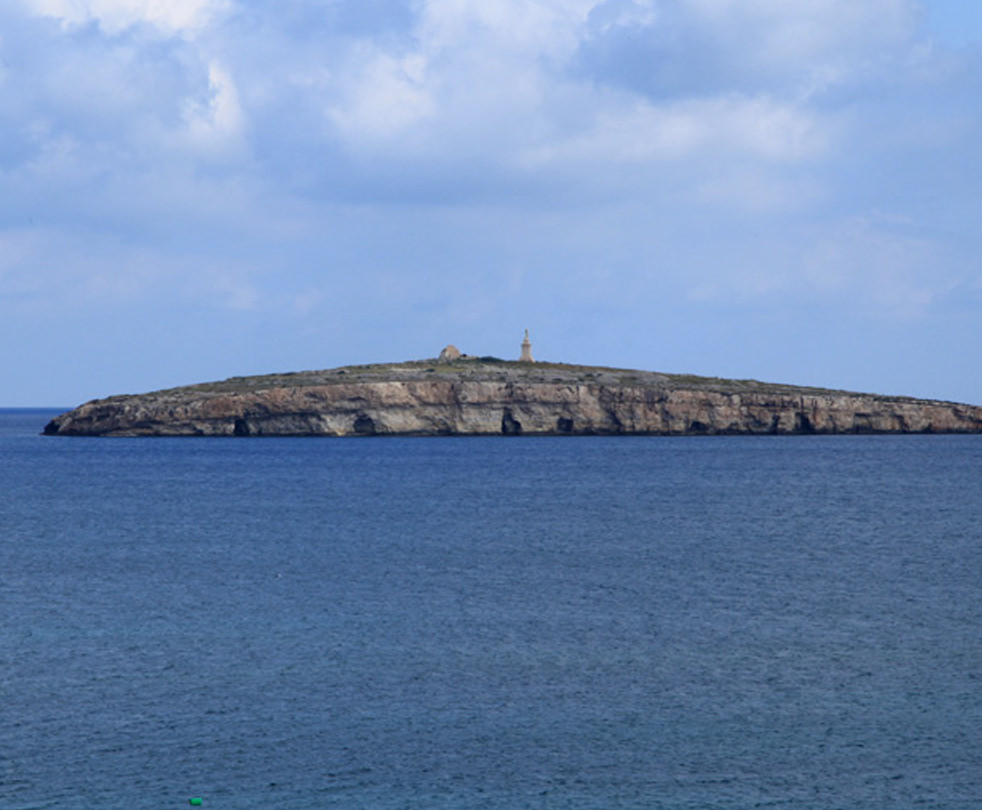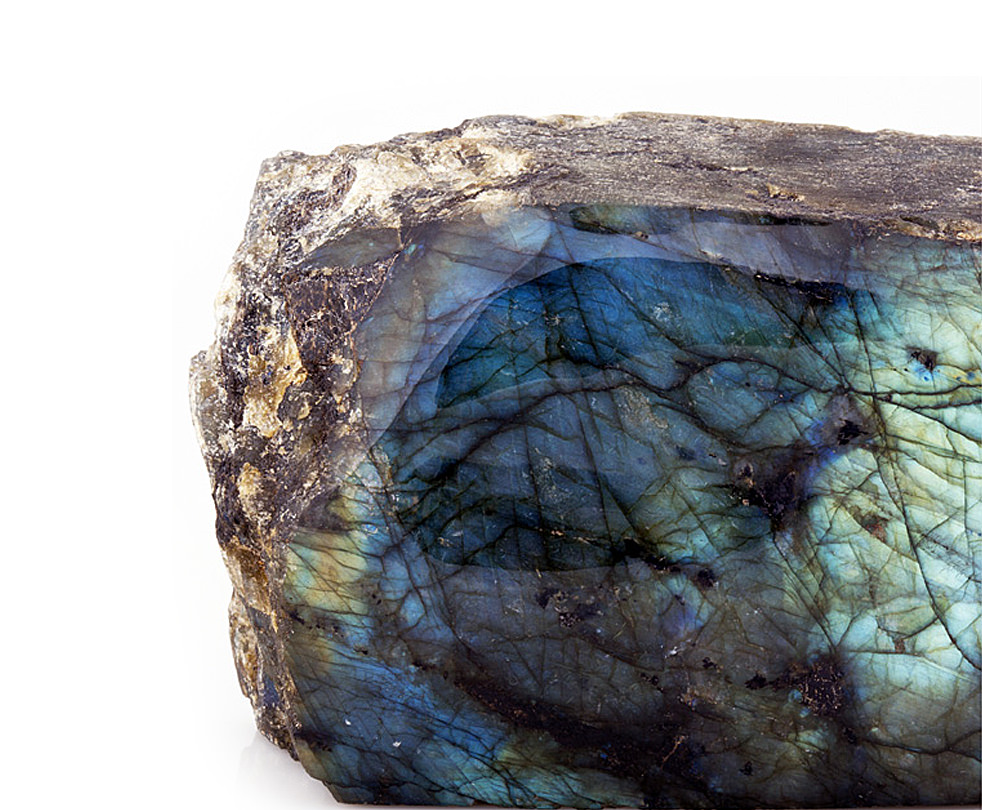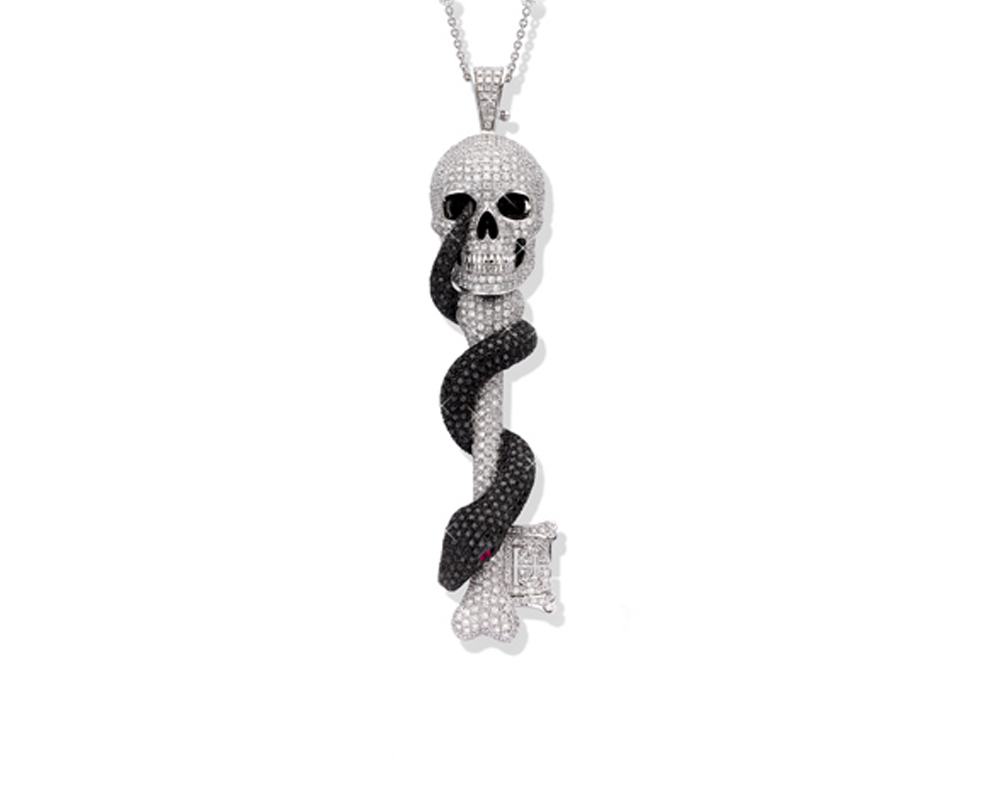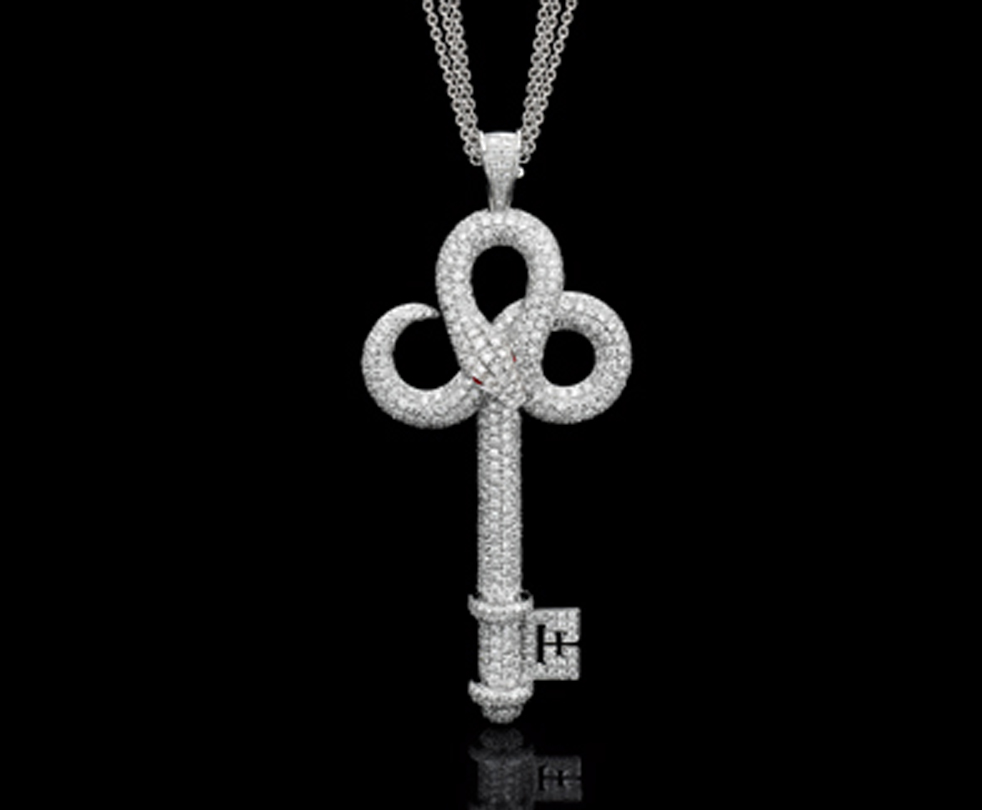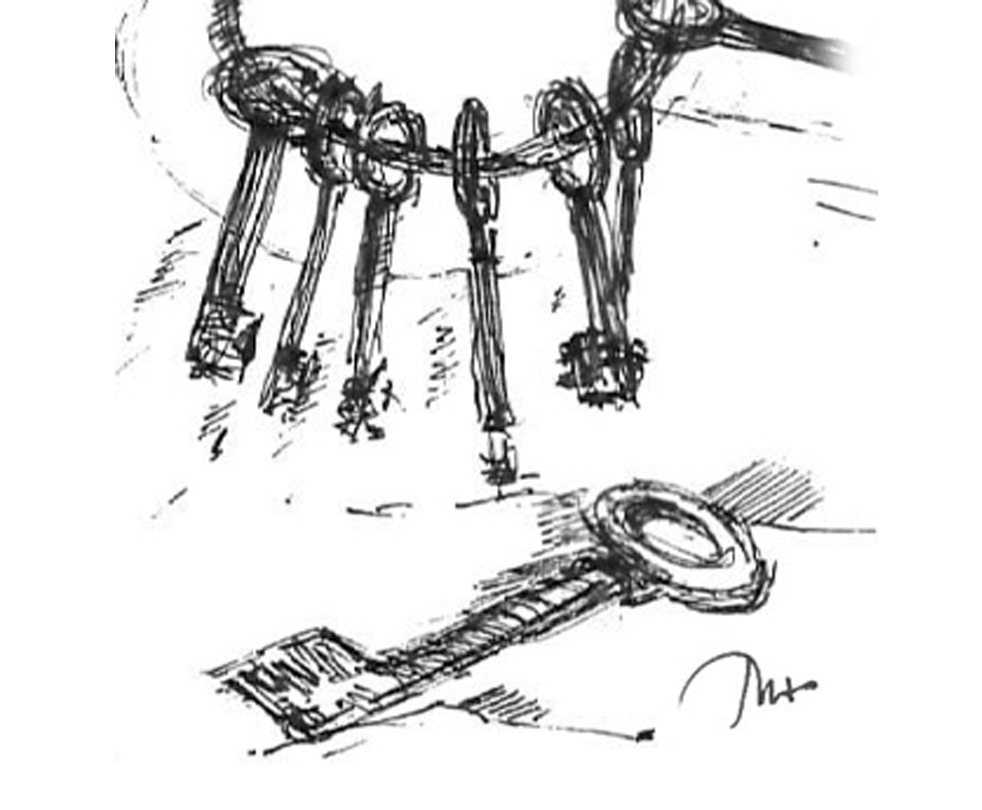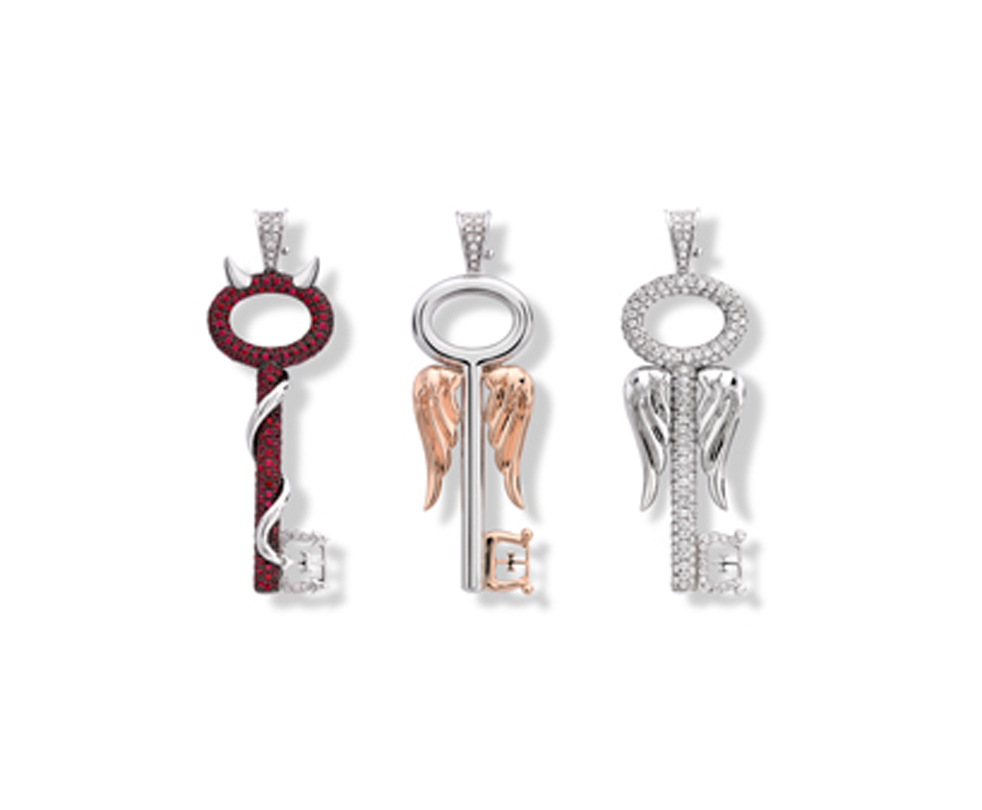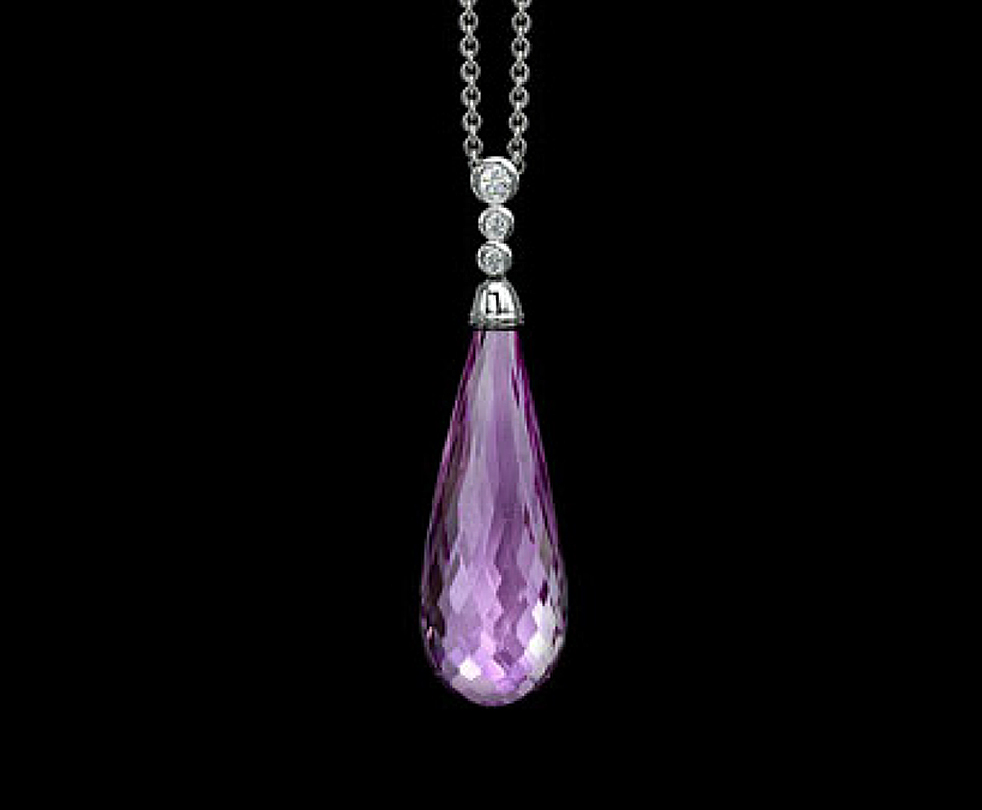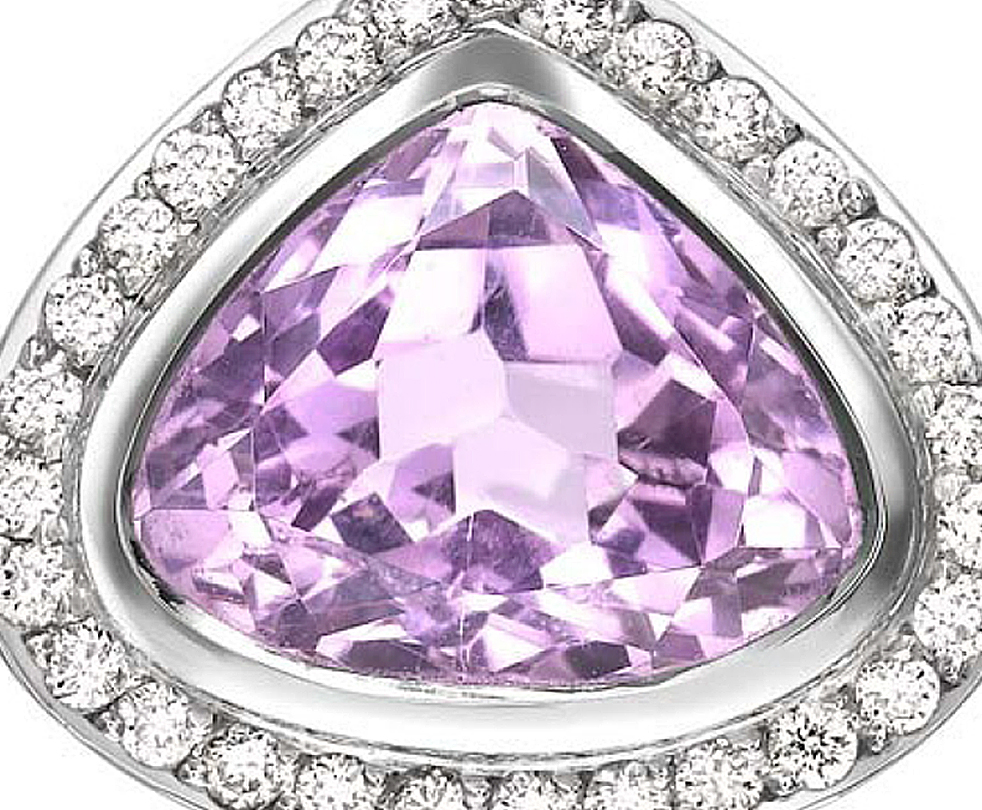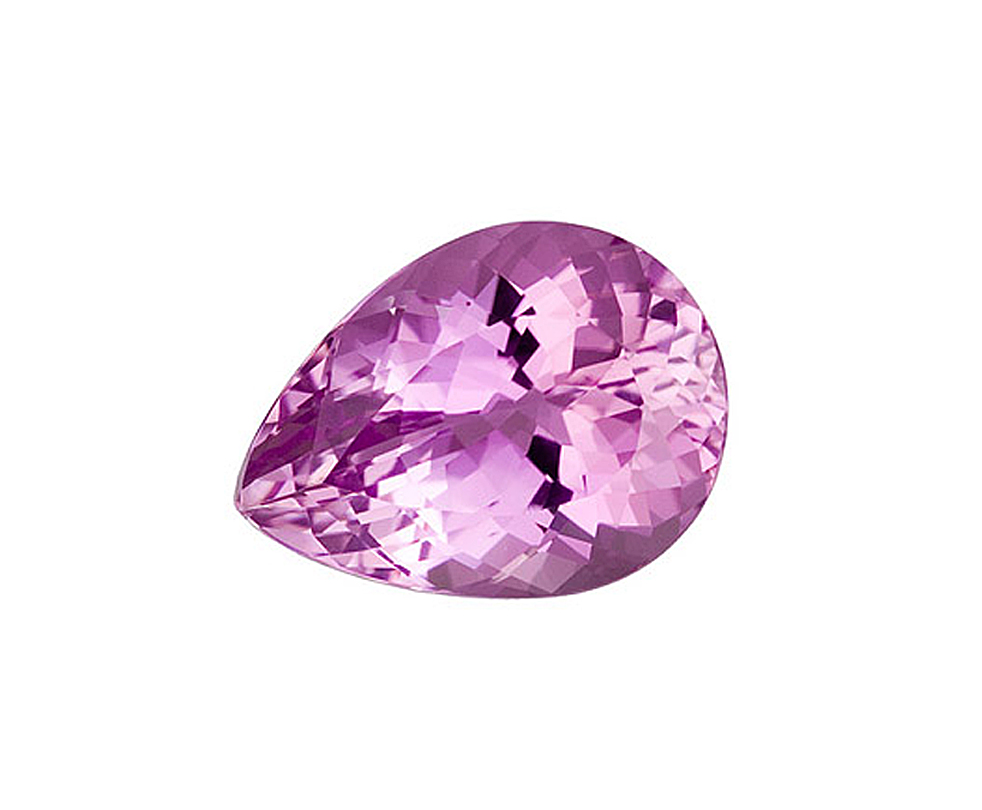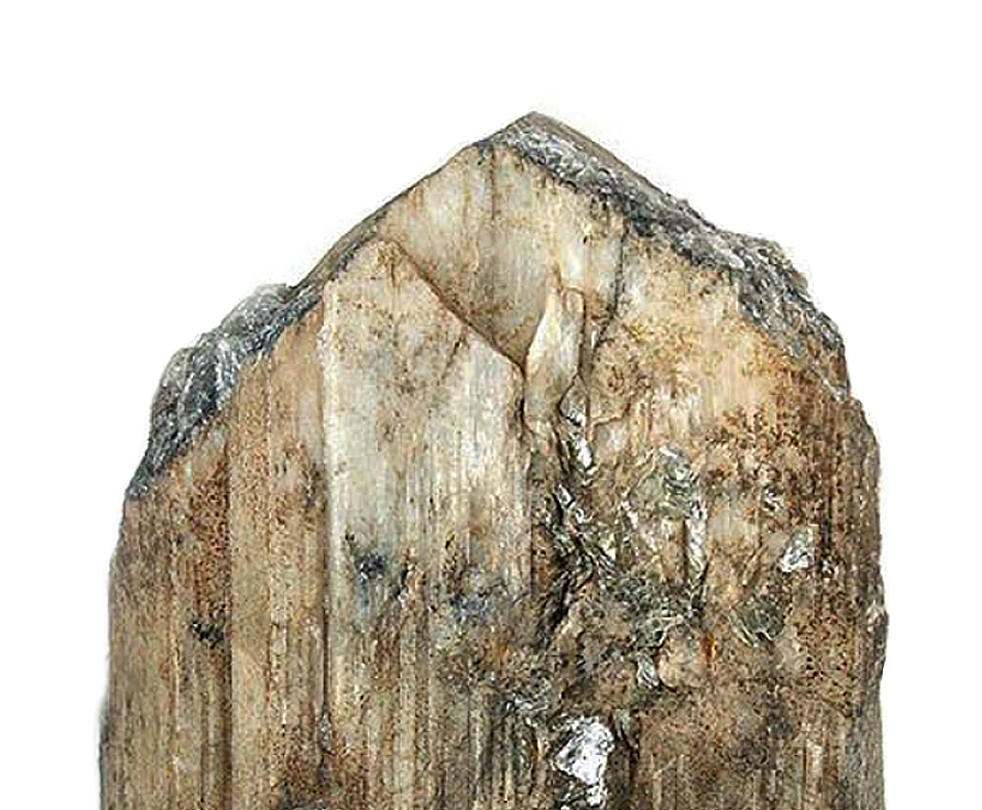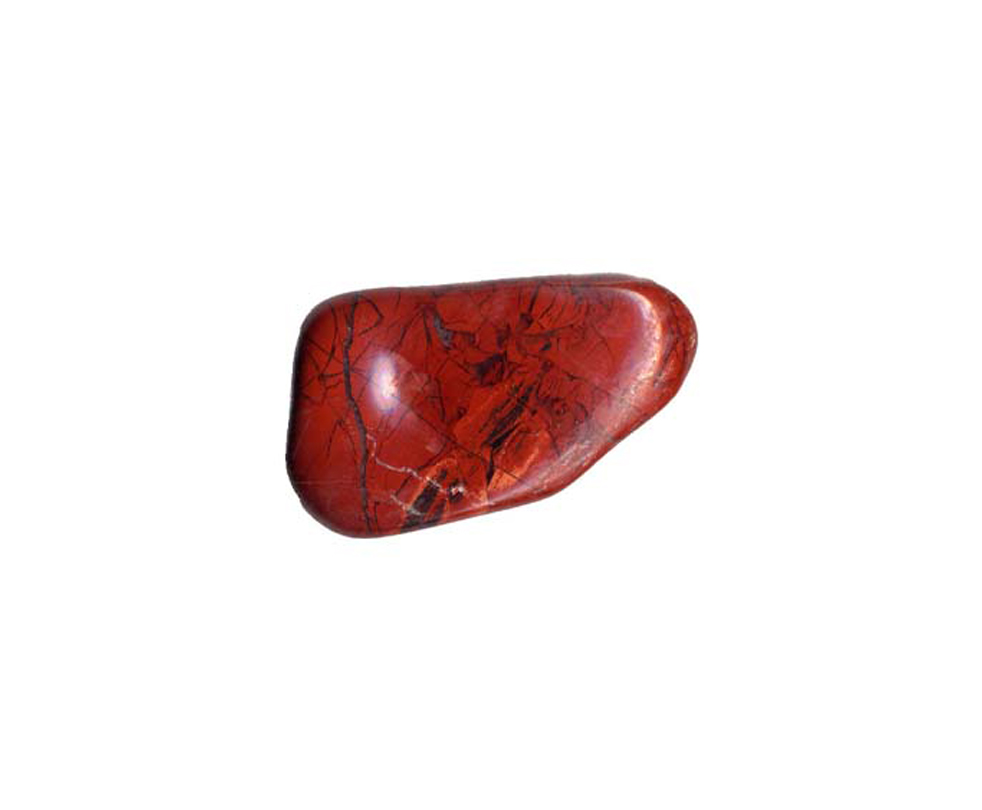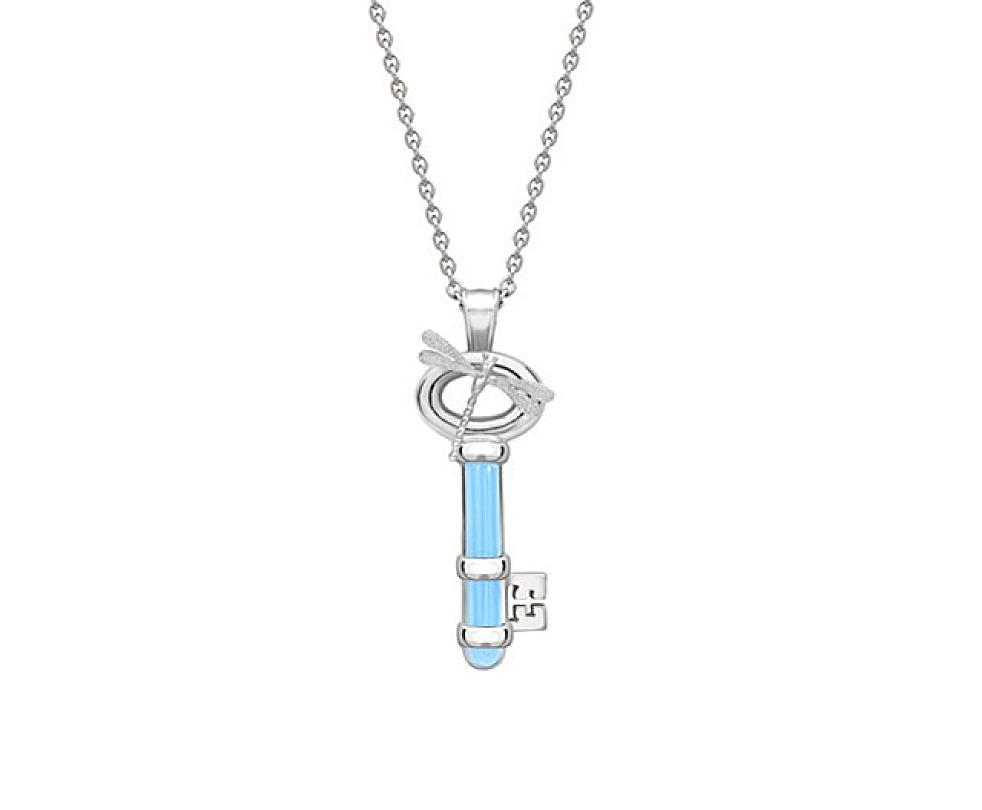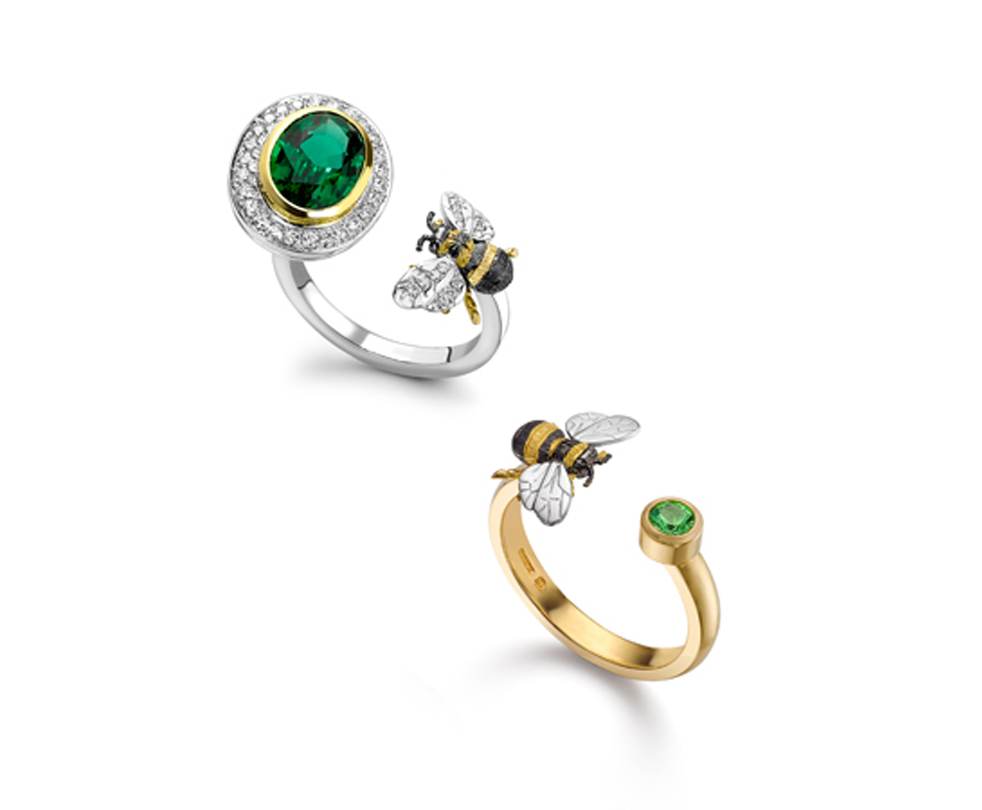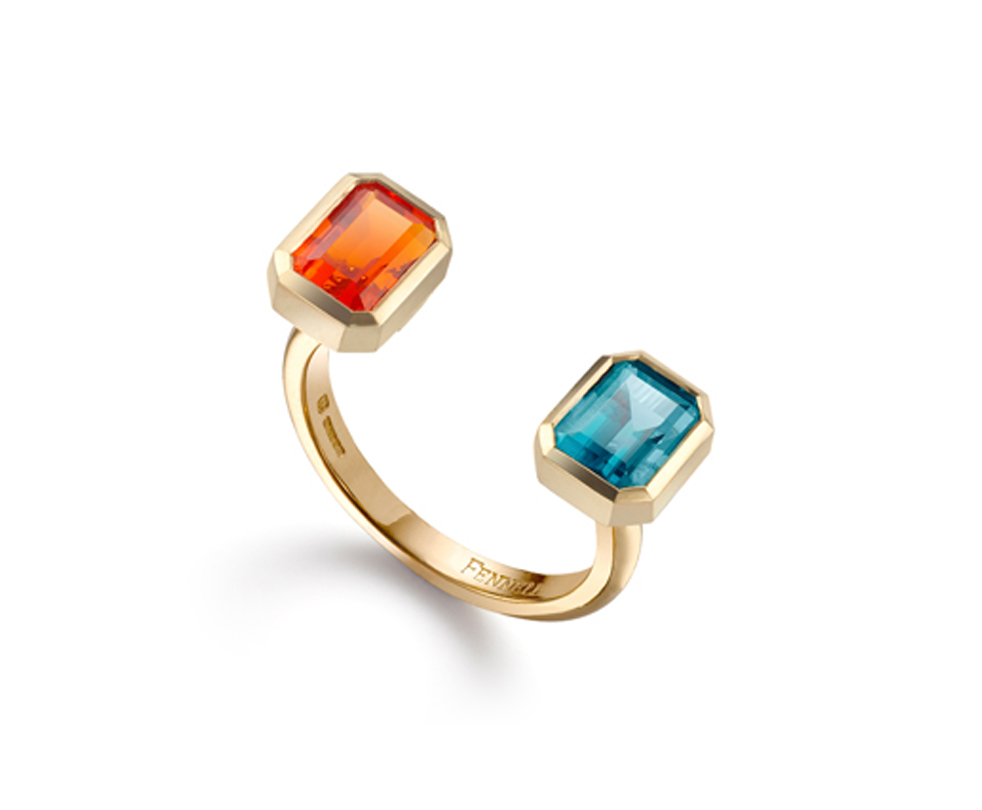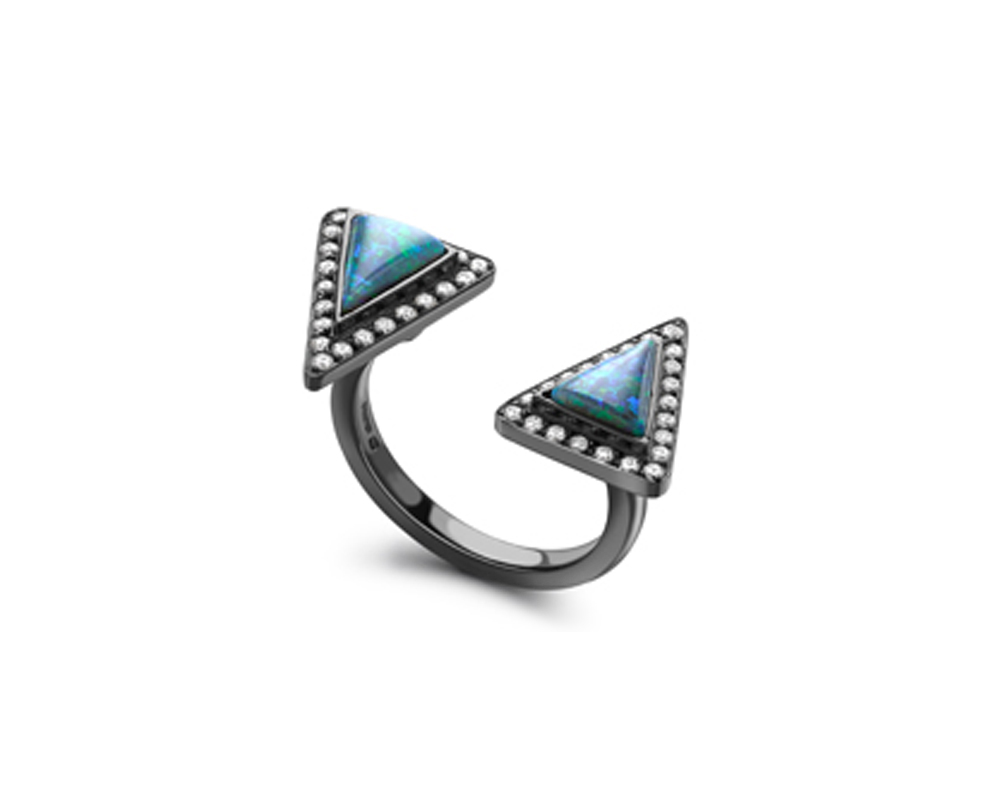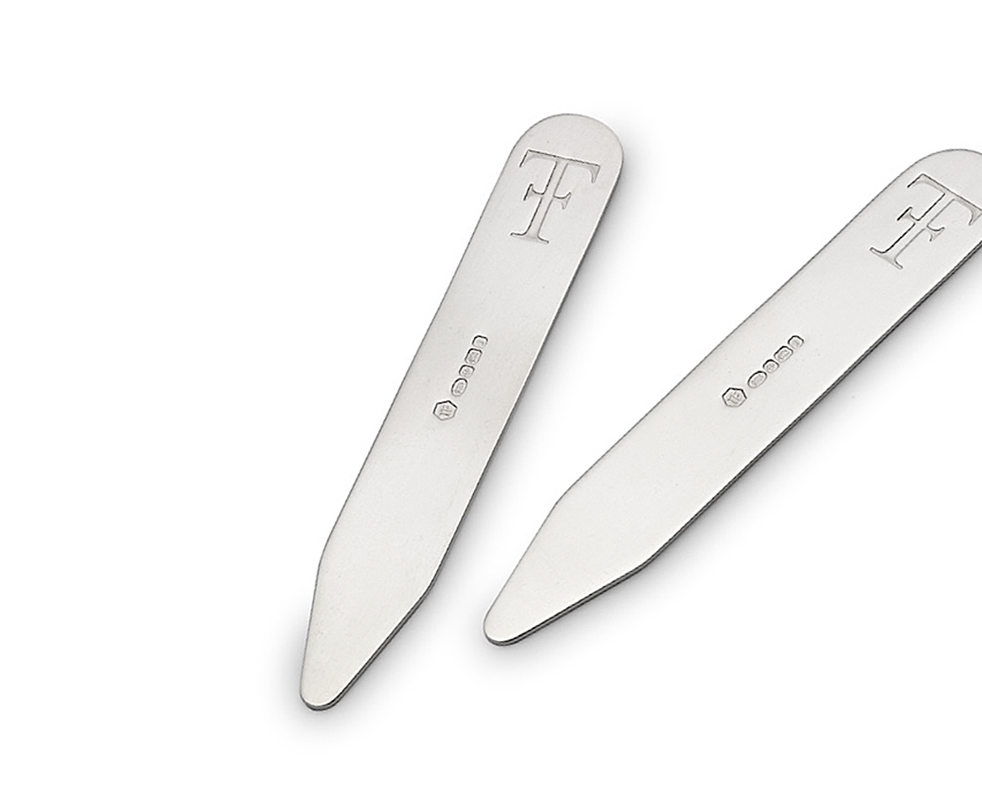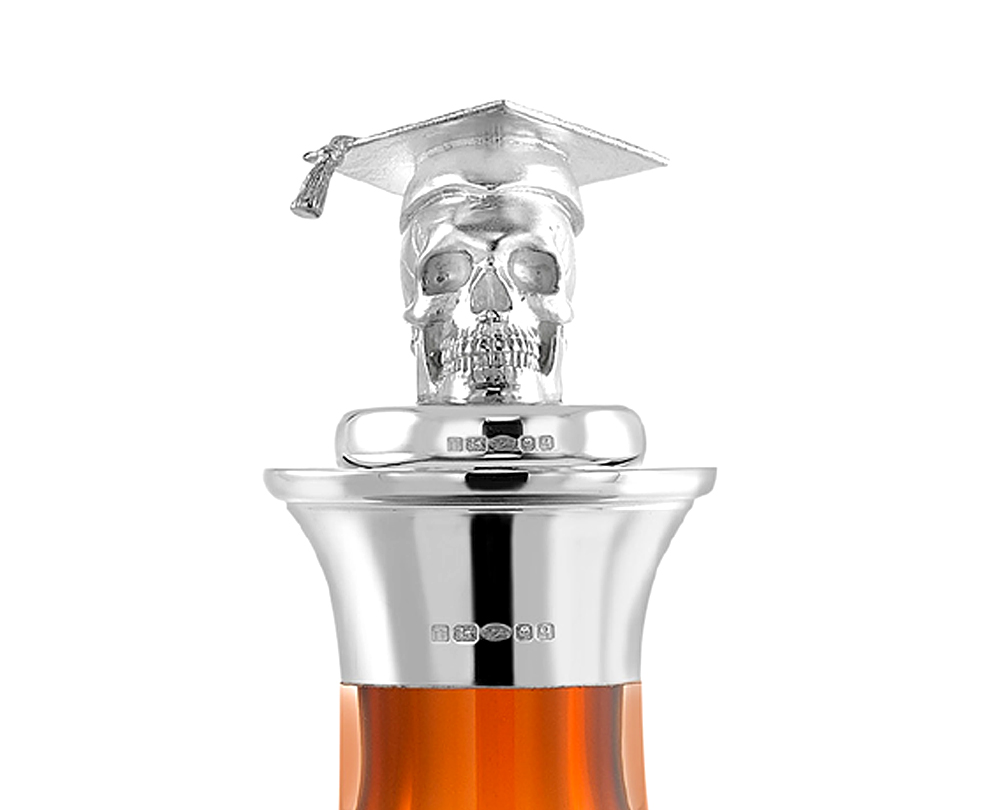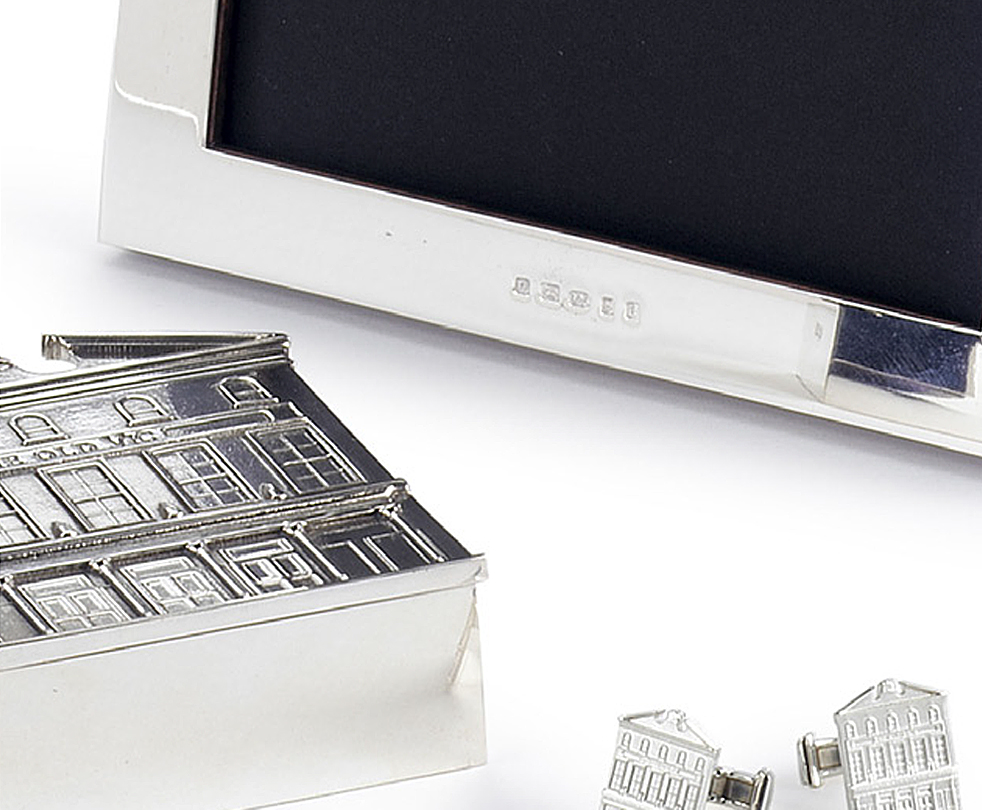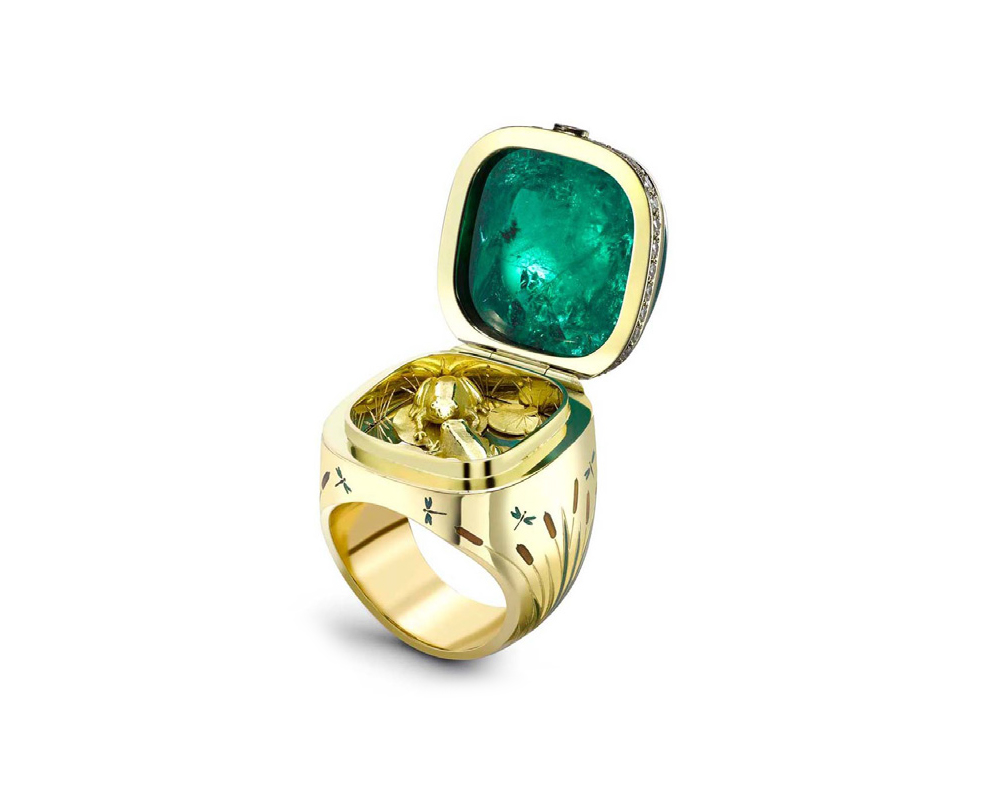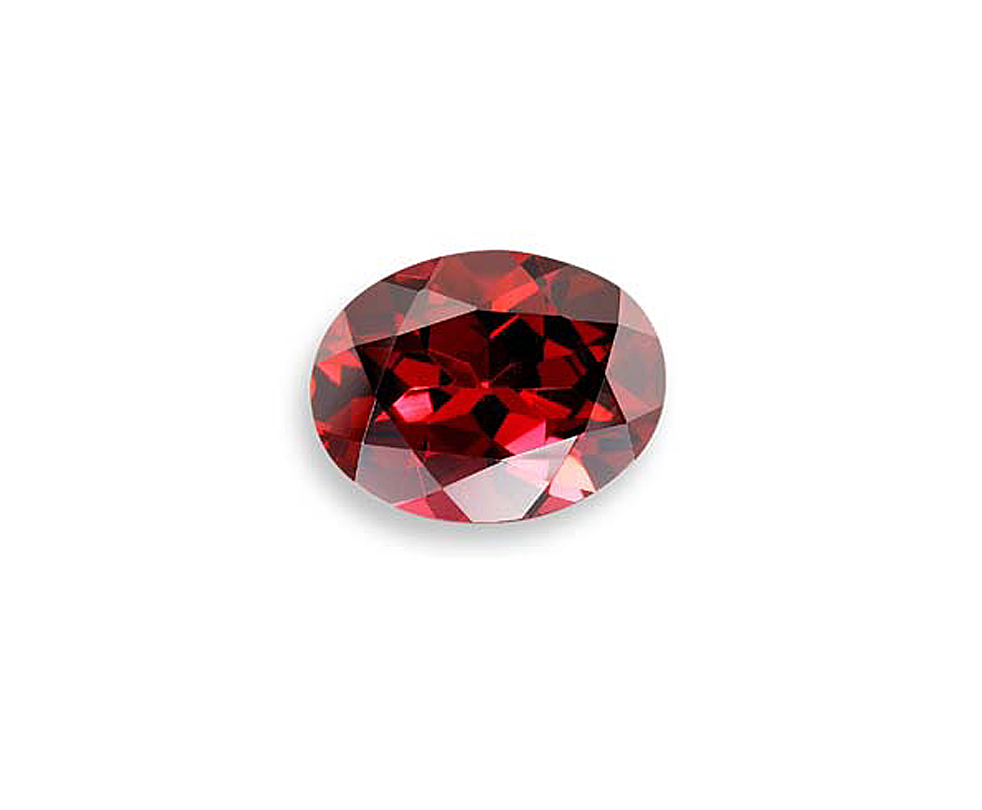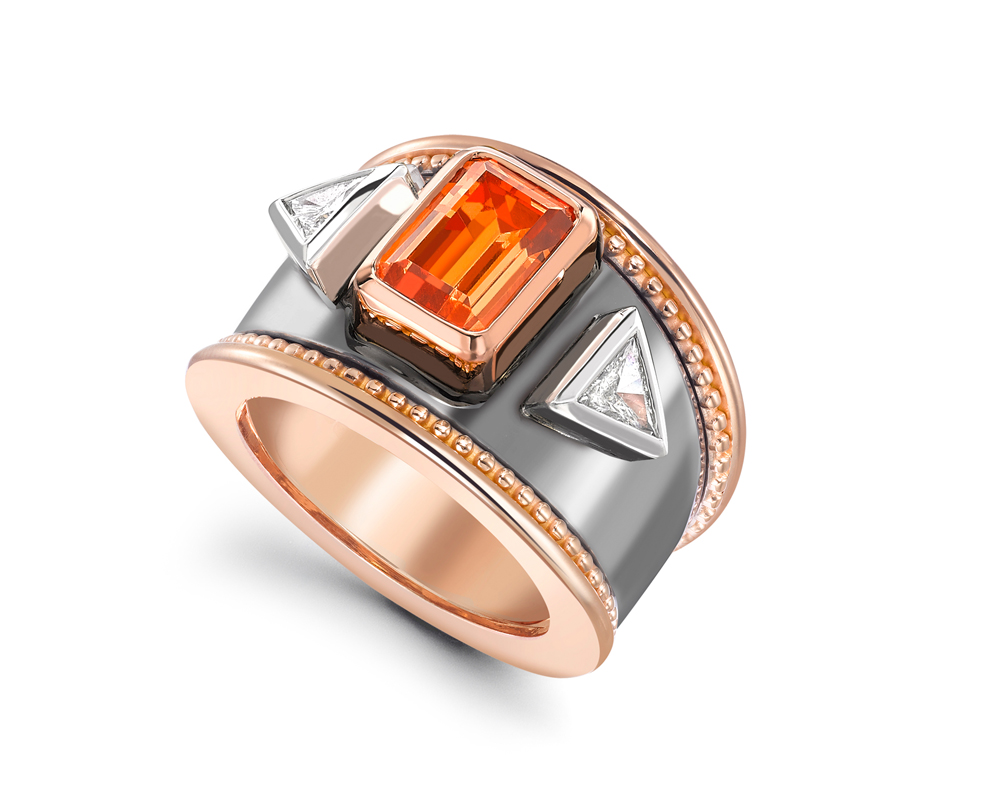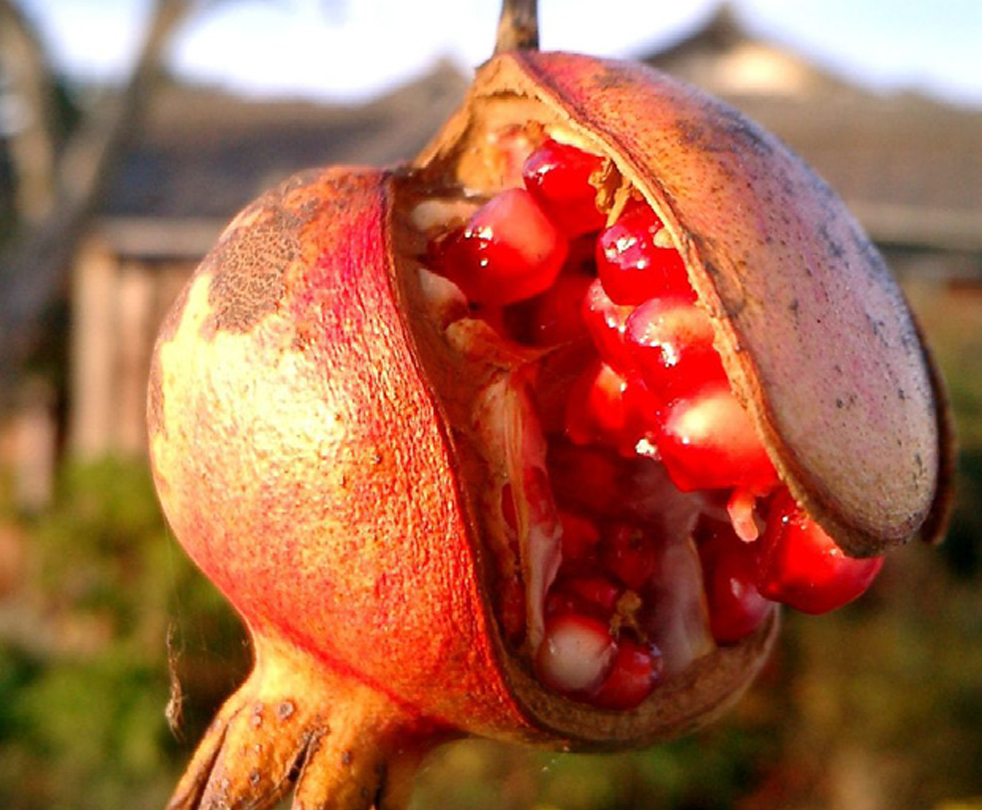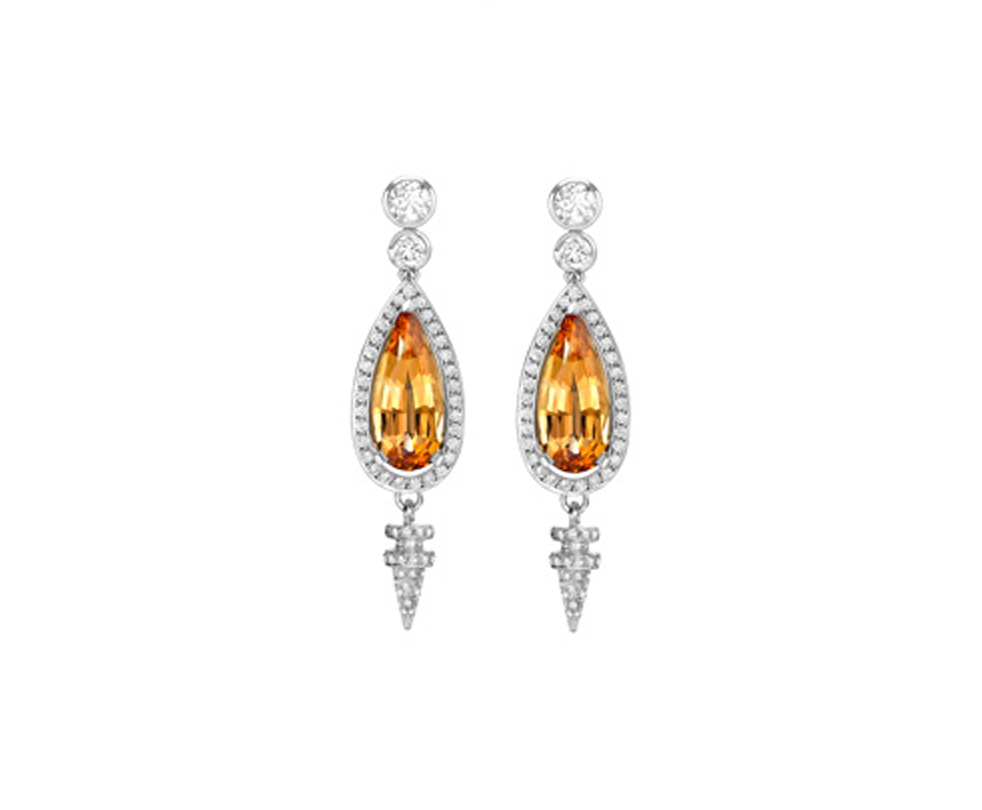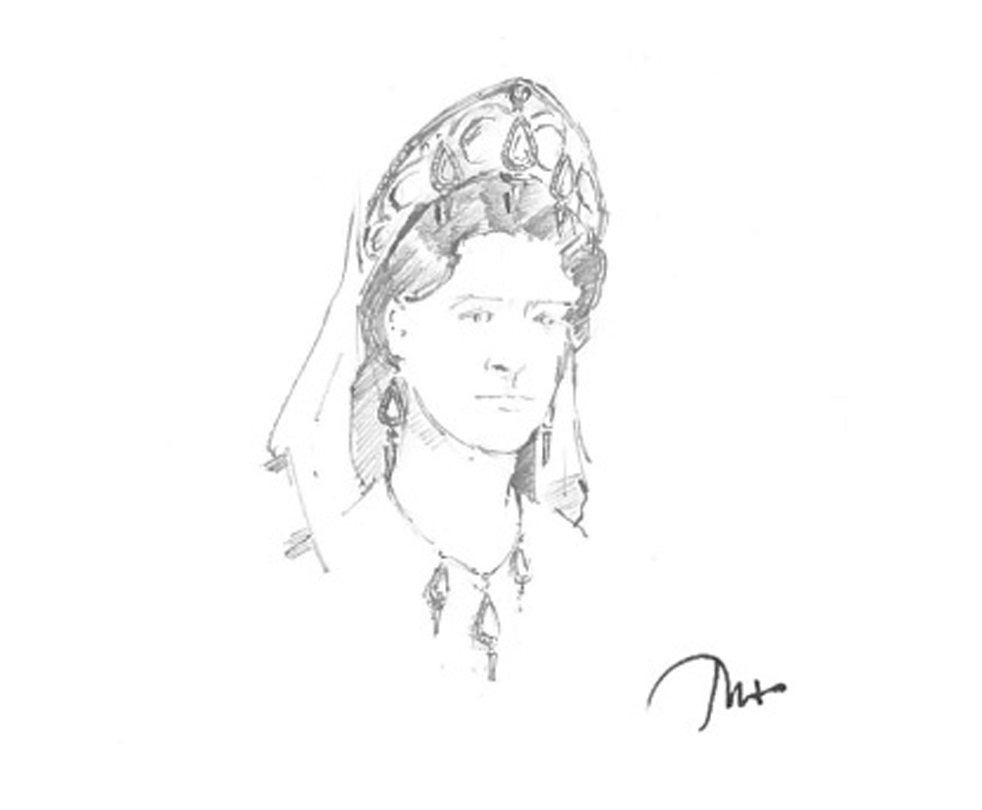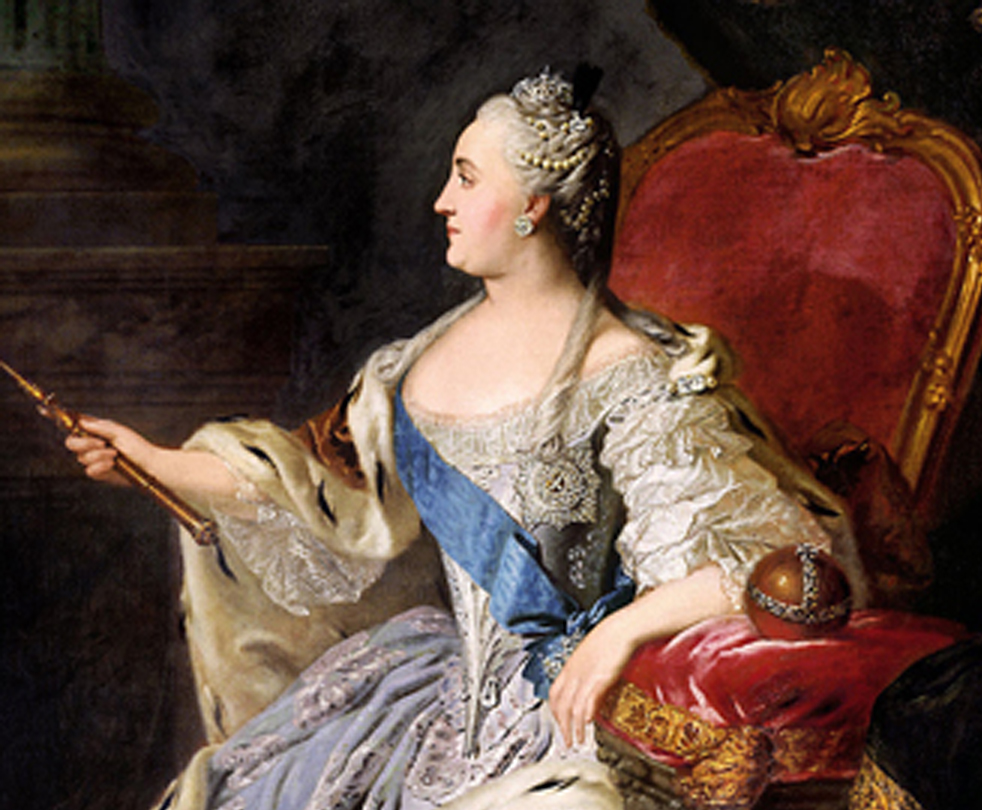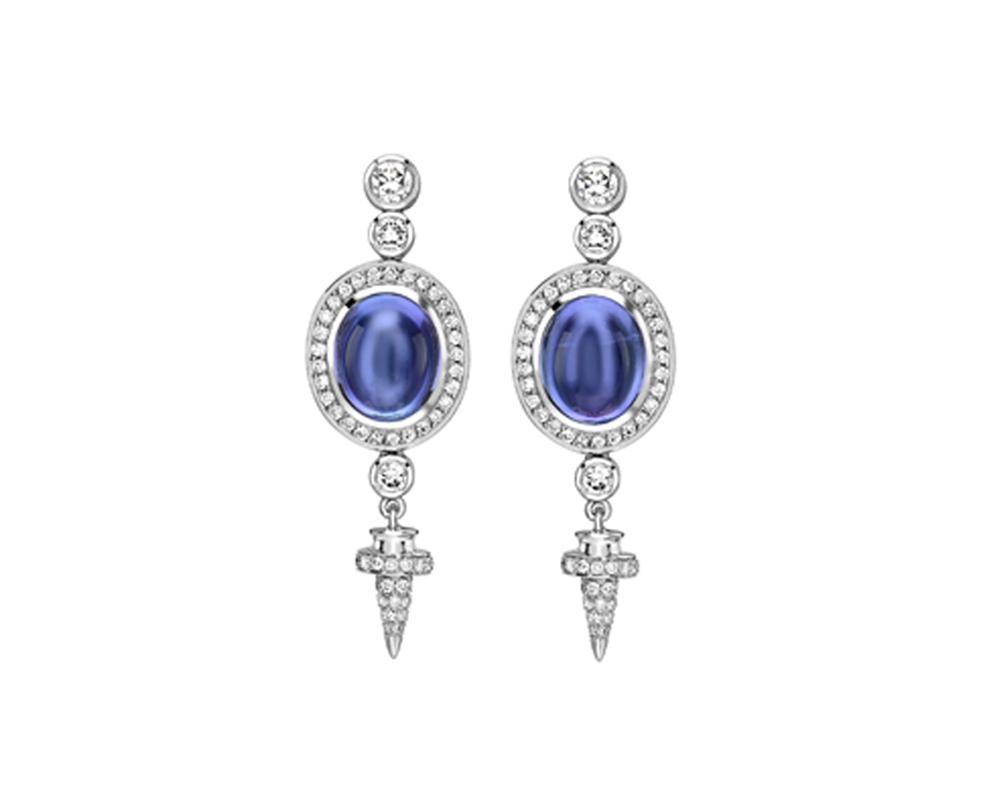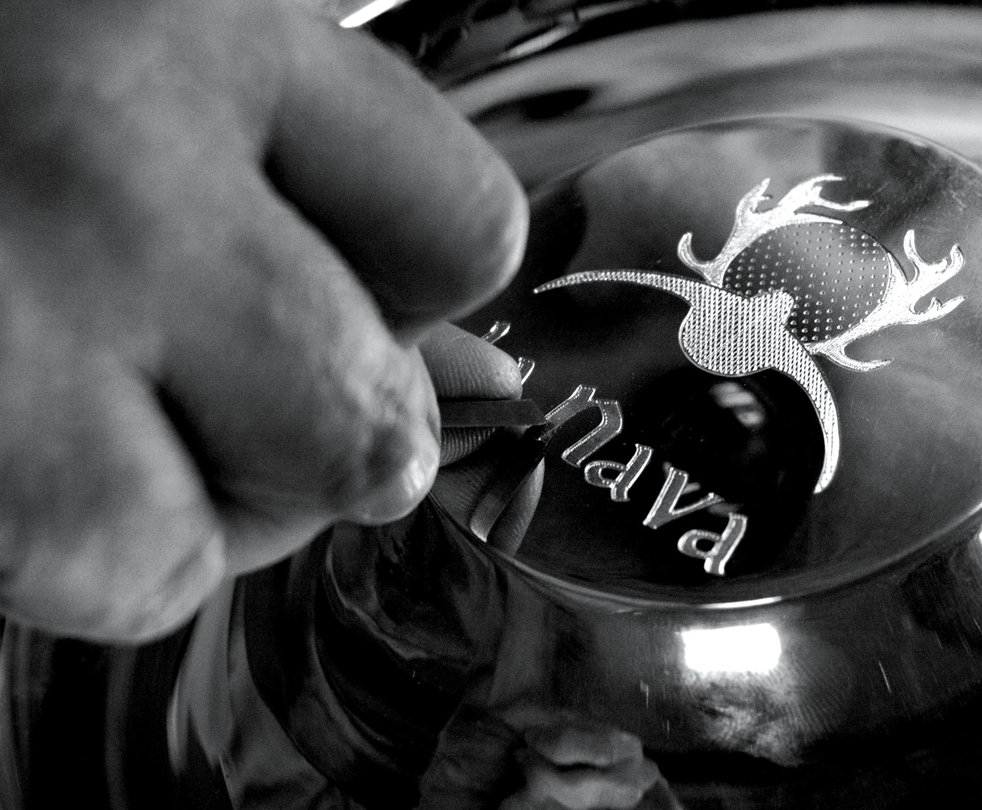The best known and most desirable Moonstones are those with a near colourless, translucent body accompanied by a silvery blue sheen or reflection which appears to roam across the surface of the stone as it is turned and viewed from different angles.
They are usually cut as cabochons in order to best display this effect, which is called adularescence and results from a scattering of light caused by the internal structure of the stone. It has long been admired for its ethereal appearance and was particularly popular during the Art Nouveau period, when it was used to great effect.
Different cultures and societies have associated it with different values and properties, including the ability to foretell the future if you hold one in your mouth during a full moon – worth a try surely!
The stone leant its name to the first ever English detective novel by Wilkie Collins, called simply The Moonstone, although the stone in the story is actually a diamond whose brilliance was said to wax and wane with the light of the moon.
Description: Moonstone is the best known member of the Feldspar family and can occur in a variety of colours including white, yellow and brown, the most desirable stones have a blue-ish sheen to them and are found in Sri Lanka.
Hardness: 6 on Mohs Scale
Birthstone: June
Mammoth tusks are typically found deep frozen under the ice in Siberia where intrepid explorers spend the warmer months, which are obviously still bitterly cold, hunting these long-buried remains.
These mammoths’ tusks, which can exceed 13 feet in length, are steadily reemerging from the permafrost and are creating a prosperous trade that is benefitting the population of Arctic Siberia.
A single, good quality tusk can earn its finder a fortune.
A rich, creamy, opaque white in colour with tell tale curved banded markings, this material works beautifully for carvings and we use it in cufflinks, pendants and rings and for carving our iconic skulls.
Description: As its name suggests, this is ivory from the long extinct Woolly Mammoths who roamed the earth tens of thousands of years ago, it is excavated from under the ice in Siberia.
Hardness: 2.5 – 3 on Mohs Scale
Lapis is actually classified as a rock because it is a combination of several different minerals, namely Lazurite (responsible for the fabulous colour) Calcite (the whitish streaks) and Pyrite (the little golden-coloured flecks).
Used for both adornment and decorative purposes for thousands of years, it is regarded as one of the first commercial gemstones. One of the earliest surviving examples of its use can be seen in the funeral mask of Tutankhamun. Later as it began to travel throughout Europe, it was ground into powder and used as a colouring pigment known as ultramarine which was widely used by artists such as Vermeer, for example in his well know work, Girl with a Pearl Earring – how apt! It is admired today, as it has always been, for its fabulous colour.
Description: Lapis Lazuli is a beautifully vibrant royal blue ornamental gem. It is one of the oldest gemstones and has been traded for thousands of years. Whilst the best quality still comes from the ancient source in the mountains of Afghanistan, it can also be found in Chile and Siberia and Canada.
Hardness: 5 – 6 on Mohs Scale
Labradorite is related to Moonstone and it occurs as a dark blue to grey opaque material or an almost colourless, yellowish or brownish material, both of which are admired for the vibrant iridescent colours they display which roam across the stone as it is turned. Although originally found in Canada (in the Gulf of Labrador – where the dogs were originally from!) it has since been found in Australia, Finland and Russia.
Description: Labradorite is a member of the Feldspar family of gemstones, it can be highly iridescent with blue, purple and yellow flashes and takes its name from where it was first found, Labrador in Canada.
Hardness: 6 on Mohs Scale
Back in the early 80s, when our crosses, snakes and skulls were so popular, I felt a symbol that was nondenominational and had nothing but positive connotations. I was recovering from a minor operation and sitting with paper and a pencil in our old, 16th century house of the time and saw the big, old key sticking out of the ancient oak door and thought how great it looked. Surprisingly, the key had hardly been used in jewellery through the ages except as a symbol of a twenty-first birthday – ‘key to the door’. I worked on a design that would be obviously a key but also be wearable and aesthetically pleasing. Thus our first key was born. That basic shape is one we have used, among many others, ever since and has been the basis of many permutations.
Kunzite is currently found in Afghanistan, Brazil, Madagascar, and America. It was discovered relatively recently in 1902 in California after unidentified pink crystals were sent to the renowned gem specialist George Frederick Kunz. He confirmed that the crystals were a previously unknown type of Spodumene, their beautiful colour caused by manganese.
These new pink stones were named after him and from that point on were known as Kunzite. They are frequently found free from inclusions and can occur in large sizes. The Smithsonian Institution has one of the largest, a faceted heart-shape weighing in at 880 carats.
Care should be taken when displaying, wearing, cleaning and storing these gems as they are susceptible to breaking and the colour can fade with prolonged exposure to heat and intense light.
Description: Kunzite is the light pink to violet-purple variety of a mineral called Spodumene, which is found in various locations including Madagascar.
Hardness: 6.5 – 7 on Mohs Scale
Fact: It is named after G.F. Kunz, a famous gemologist.
Jasper is made up of thousands of tiny crystals tightly packed together to form a hard opaque mineral. As such it can contain lots of different ‘ingredients’ which give rise to a multitude of different colour and pattern combinations, from black and white spots to red and brown streaks or green and pale pink round blotches.
It is typically used for ornamental carvings, beads, and inlays and its diversity of appearance means that it offers a great range of realistic looking options for carving pieces like our Sea Turtle and Crab cufflinks.
Description: Jasper is an opaque variety of Quartz that occurs in a wide range of colour and patterns, it can be found in many different countries including Egypt, Africa and the USA.
Hardness: 7 on Mohs Scale
Jade is made up of millions of tiny crystals that lock together meaning it is very tough and suitable for use in jewellery although it is also used extensively for carvings. The finest pieces come from Burma but it is also mined in Russia, Tibet and Guatemala. It has a long association with China where it is very highly prized, particularly the translucent apple green colour which is called Imperial Jade.
This is the rarest and most valuable variety however it occurs naturally in a range of colours including yellow, white, lavender, red and black. It is associated with prosperity, success and good luck.
Description: The name Jade is used to describe two different varieties of this gem, Jadeite and Nephrite, with Jadeite being the rarer and more valuable of the two. They are similar in appearance, occurring in many of the same colours and have the same hardness.
Hardness: 6 – 7 on Mohs Scale
The double-headed design parts from tradition to place stones between the fingers and gives a very different aesthetic to a ring. It also allows some asymmetry and adventure with some otherwise classic designs.
These are small impressions or marks which are struck into a piece of jewellery or silver by official Assay Offices to guarantee the quality or fineness of the metal used, for example 750 for 18ct Gold and 925 for Sterling Silver. There are also marks to date a piece, to denote the maker or designer of the piece and also the place it was marked, e.g. London.
Everyone’s Hero is someone else’s Villain. It is interesting that there is virtually no-one that is universally admired or universally loathed, though some come very close.
We have chosen people that, we hope, will illustrate this and who are iconic for different reasons. They have been sculpted by the finest miniature portrait sculptor in the world.
As Theo Fennell has do often done before, these portraits revive one of the great traditional jewellery skills and makes genuine sculptures that are wearable art.
The name Heliodor derives from the Greek words ‘Helios’ meaning Sun and ‘doron’ meaning ‘gift’.
This bright gem can range from a pale lemon yellow to a deep golden colour which is caused by iron. It is one of very few gems that can occur as pure true yellow without green, brown or orange tones and large, clean stones with a rich intense colour are particularly sought after. Yellow beryl is found in many different locations, some of the most important are Brazil, Madagascar and Namibia. There is a spectacular faceted golden beryl on display in the Smithsonian Institute in Washington, at 2,054 carats it is the largest cut specimen in the world.
Description: The Beryl family of gemstones has several important members, the most notable of which is Emerald, however it also has a beautiful yellow variety known as Heliodor. It is found in Brazil.
Hardness: 7.5 – 8 on Mohs Scale
A soft, shiny, yellow metal which occurs as nuggets or grains. 100% pure gold is too soft to be practical for use in jewellery so other metals (alloys) are added to make it harder wearing.
Sometimes these will maintain the yellow colour but they can also be used to change the colour of the gold, for example copper is added to make rose gold.
We use 18ct yellow, white and rose gold in our pieces which is the usual standard for fine jewellery, it is hallmarked with ‘750’, meaning that 75% is gold and 25% is a combination of other alloys.
Gold is a highly malleable metal, 1 gram can be beaten into a sheet large enough to cover 1 square meter and it does not oxidize in air or water, making it ideal for use in jewellery.
Theo Fennell has an ongoing collaboration with Gemfields, the world’s leading coloured gemstone producer. Both the design and quality of raw materials is fundamental to the creative process and finished pieces.
By collaborating with Gemfields, Theo Fennell is able to access a consistent supply of rare coloured gemstones, and is able to partner with a company that, in addition to making every step of the process ethical and transparent, is committed to protecting the surrounding local communities and the natural landscape from which the gems are sourced.
At Theo Fennell we use many of these beautiful stones including Spessartine which is a deep fiery reddish-orange in colour and Tsavorite which is a rich grass green. The name ‘Garnet’ is derived from the Latin ‘granatum’ meaning pomegranate as the small red crystals of the variety Almandine were thought to resemble pomegranate seeds.
Garnet has long symbolised the bringing of light into darkness. For example, the Vikings were buried with garnet jewellery to help light the way to Valhalla and Noah is said to have used a beautiful cut gem on the ark to light his way through the dark and stormy nights.
Description: Garnets are a large family of gemstones and whilst typically thought of as being red, actually have a broad spectrum of colour and price. They are found all over the world, including Great Britain.
Hardness: 7.5 – 8.5 on Mohs Scale
Birthstone: January
Designs by Theo Fennell, Diamonds by Forevermark
“These stones have been moved from one eternal setting to another.” Theo.
The Forevermark promise states that every diamond is ‘beautiful, rare and responsibly sourced’. Less than one percent of the world’s diamonds can carry the Forevermark inscription. A unique number inscribed at the heart of each diamond promises that each is beautiful, rare and responsibly sourced. Using proprietary technology, each Forevermark diamond is inscribed with a unique number, proof that it is of exceptional quality and utmost integrity – this number can be found using the Forevermark Viewer. Every piece is handmade in our Fulham Road workshop by our talented craftsmen.
Theo Fennell’s collection pays tribute to nature’s four seasons and the flora, fauna and colours that make each one quite so distinctive and magical.
Each 18ct gold ring showcases a vibrantly coloured stone surrounded by diamonds that corresponds to each season: the Spring Ring features a sunny Yellow Beryl, the Summer Ring a warm Pink Tourmaline, the Autumn Ring a russet hued Yellow Citrine, and the Winter Ring a frosty Aquamarine.
Our collection of exceptionally beautiful Empress pieces earned their name because of the Imperial Topazes we used in our original pieces. Now Empress is hand-crafted in our workshops, not just with the wonderfully broad spectrum of Topaz colours, shimmering pinks and honey-golds, but in other vibrant stones, Aquamarines, Opals and Orange Garnets among them, and as matching or single earrings and necklaces. Original and striking but elegant and wearable, each piece is unique and timeless and makes Empress a modern classic.
This is where a pattern, design, writing or monogram is cut into metal using a sharp tool. Is the process of cutting into metal (though also stones and glass) to produce an image, pattern or written inscription with a sharp tool. Hand engraving and deep engraving are the most traditional forms of this art, achieved with a sharp tool called a scorper, by an engraver. This can take the form of a few words and dates, as on a trophy, through to the most complicated scenes and images.
Hand Engraving – At this level engraving is a true art form and engravers true artists.
Machine Engraving – Various machines are used for this from what is almost a dentist’s drill through to a wheel (much used in glass engraving). Although inexpensive and reasonably effective with modern techniques, this has none of the depth or artistry of hand engraving.
Engine Turning – Is as it sounds and is used to give the very geometric patterns used on old-fashioned cigarette cases and still much used for the background to transparent enamelling.
Laser Engraving – Gives a very quick and inexpensive but also very shallow finish.
Etching – The process by which metal is taken away to leave metal (or other materials) standing proud. This can be achieved by hand by talented engravers or by photo or acid etching.
Enamelling – this is a process of fusing powdered glass to metal by firing at high temperatures (750-850 degrees C). The resulting melt hardens to a smooth and durable finish. The art of enamelling can be traced back to the ancient Egyptians, Greeks and Celts and was widely used in Russia and China. There are several different enamelling techniques used that can create a variety of effects, these include:
Guilloche – this is where the metal of a piece of jewellery or objet is engraved with a pattern, often concentric, and then covered with translucent enamel which highlights the detail beneath.
Plique à jour – the French term means ‘letting in the daylight’ which perfectly describes this technique which is essentially like a stained glass window. Small cells with gold or metal outlines are filled with enamel but have no back to them so when held up to the light the translucent colours come alive.
Cloisonné – the term comes from the French cloison which means ‘partition’ and refers to the small cells or shapes which are formed by wires fused onto a base and then individually flooded with enamel. This typically produces brighter more opaque colours.








